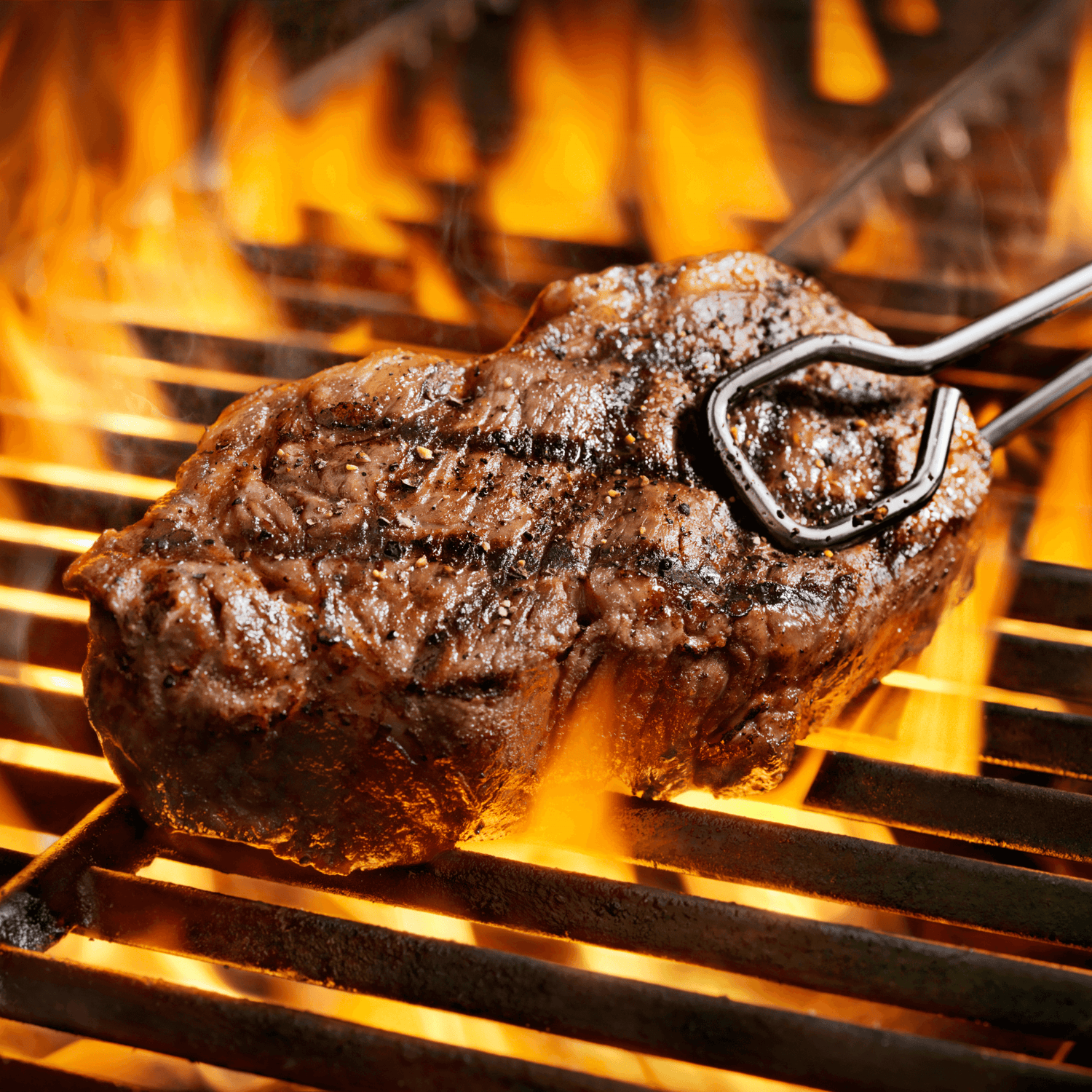
Rustic Chicken Cacciatore (Iron & Acre Style)
Share
A hearty, one-pan Italian classic that brings the farm straight to your table.
🍷 At the Top
Chicken Cacciatore translates to "hunter’s stew," but don’t worry—this one doesn’t require a trip to the forest, just a good skillet and some honest ingredients. We’ve simplified the method while preserving the soul of the dish: bone-in chicken, simmered in a rustic tomato sauce with peppers, onions, garlic, and herbs.
Serve it over polenta, pasta, or even crusty bread for a satisfying meal that feels like home—because good food should be as welcoming as it is delicious.
🍽 Serves 4 | Prep: 10 min | Cook: 40 min
🛒 Ingredients
For the Chicken:
- 4 bone-in, skin-on pasture-raised chicken thighs (or breasts if preferred)
- Salt & pepper
- 2 tbsp olive oil
For the Sauce:
- 1 small yellow onion, thinly sliced
- 1 red bell pepper, sliced
- 1 green bell pepper, sliced
- 3 cloves garlic, minced
- 1 tbsp tomato paste
- 1 tsp dried oregano
- ½ tsp crushed red pepper flakes (optional)
- ½ cup dry white wine or chicken broth
- 1 (14 oz) can crushed tomatoes
- Handful of pitted olives (optional, but delicious)
- Fresh parsley or basil, chopped (for garnish)
🔪 Instructions
👉 Brown the Chicken:
Season chicken with salt and pepper. Heat olive oil in a large skillet over medium-high heat.
Sear chicken skin-side down until golden, ~5 minutes per side. Remove and set aside.
👉 Sauté the Veg:
In the same pan, reduce heat to medium. Add onion and peppers. Cook ~5–6 minutes, until softened.
Stir in garlic, tomato paste, oregano, and red pepper flakes. Cook 1–2 minutes.
👉 Deglaze & Simmer:
Pour in wine or broth. Scrape the bottom to loosen browned bits.
Add crushed tomatoes and olives. Return chicken to the skillet.
Cover and simmer on low for 25–30 minutes, until chicken is cooked through and tender.
👉 Serve & Garnish:
Top with chopped herbs. Serve over polenta, pasta, rice—or with crusty bread to soak up that sauce.
🧑🌾 Iron & Acre Tip
Want a richer flavor? Swap out crushed tomatoes for fire-roasted. And don’t skip the sear—it’s where the depth begins.

